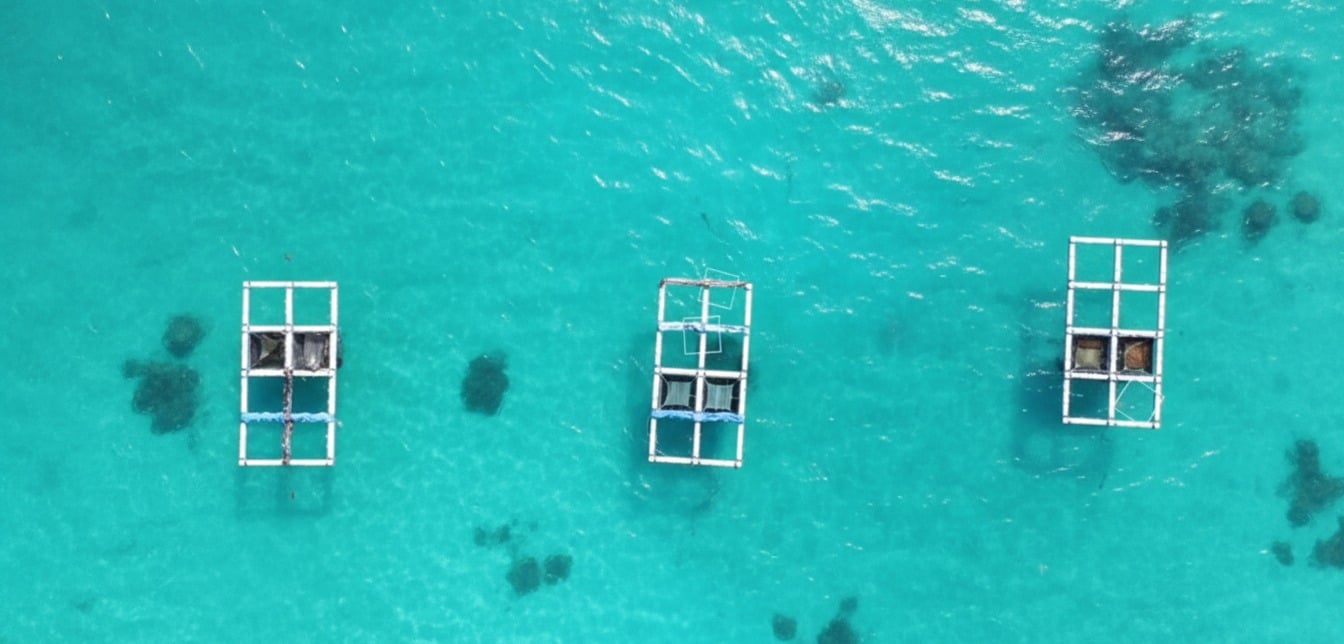Boduberu is the Maldivian traditional music. Boduberu is similar to some of the songs and dances found in east and south west Africa. It is likely that the music was introduced to The Maldives by sailors from the Indian Ocean region. It may be said that Boduberu first made an appearance in The Maldives in the 11th Century AD, or possibly before that.
Boduberu meaning “Big Drum’s” in Dhivehi – “Bodu” for Big and “Beru” for Drums, is a reminder of Maldives multi-ethnical influences with strong roots from East Africa.
Usually there is one lead singer who sings in the chorus and a band of 10 to 15 people or more. As the song continues, the rhythm picks up and people come out of the chorus and dance to the music. The bodu beru is made of wood from coconut tree trunk, and often grouped in trios. The rhythm of the song builds until it reaches a frenzied crescendo. In the Maldives, it is one of the most popular forms of entertainment.
Boduberu evolved among the common citizens as an alternative to court music. In the early days, the people gathered together to perform Boduberu, and it became widely accepted as the music of the common people. The performance of the music is often referred to as "vibrating the island". A notable point about Boduberu is its noise and sometimes meaningless lyrics sung. The lyrics do not have a meaning, because it consists of a mixture of local, neighbouring and some African words. Today, meaningful songs written in the local language Dhivehi are sung to the rhythm of Boduberu.
Boduberu meaning “Big Drum’s” in Dhivehi – “Bodu” for Big and “Beru” for Drums, is a reminder of Maldives multi-ethnical influences with strong roots from East Africa.
Usually there is one lead singer who sings in the chorus and a band of 10 to 15 people or more. As the song continues, the rhythm picks up and people come out of the chorus and dance to the music. The bodu beru is made of wood from coconut tree trunk, and often grouped in trios. The rhythm of the song builds until it reaches a frenzied crescendo. In the Maldives, it is one of the most popular forms of entertainment.
Boduberu evolved among the common citizens as an alternative to court music. In the early days, the people gathered together to perform Boduberu, and it became widely accepted as the music of the common people. The performance of the music is often referred to as "vibrating the island". A notable point about Boduberu is its noise and sometimes meaningless lyrics sung. The lyrics do not have a meaning, because it consists of a mixture of local, neighbouring and some African words. Today, meaningful songs written in the local language Dhivehi are sung to the rhythm of Boduberu.


















